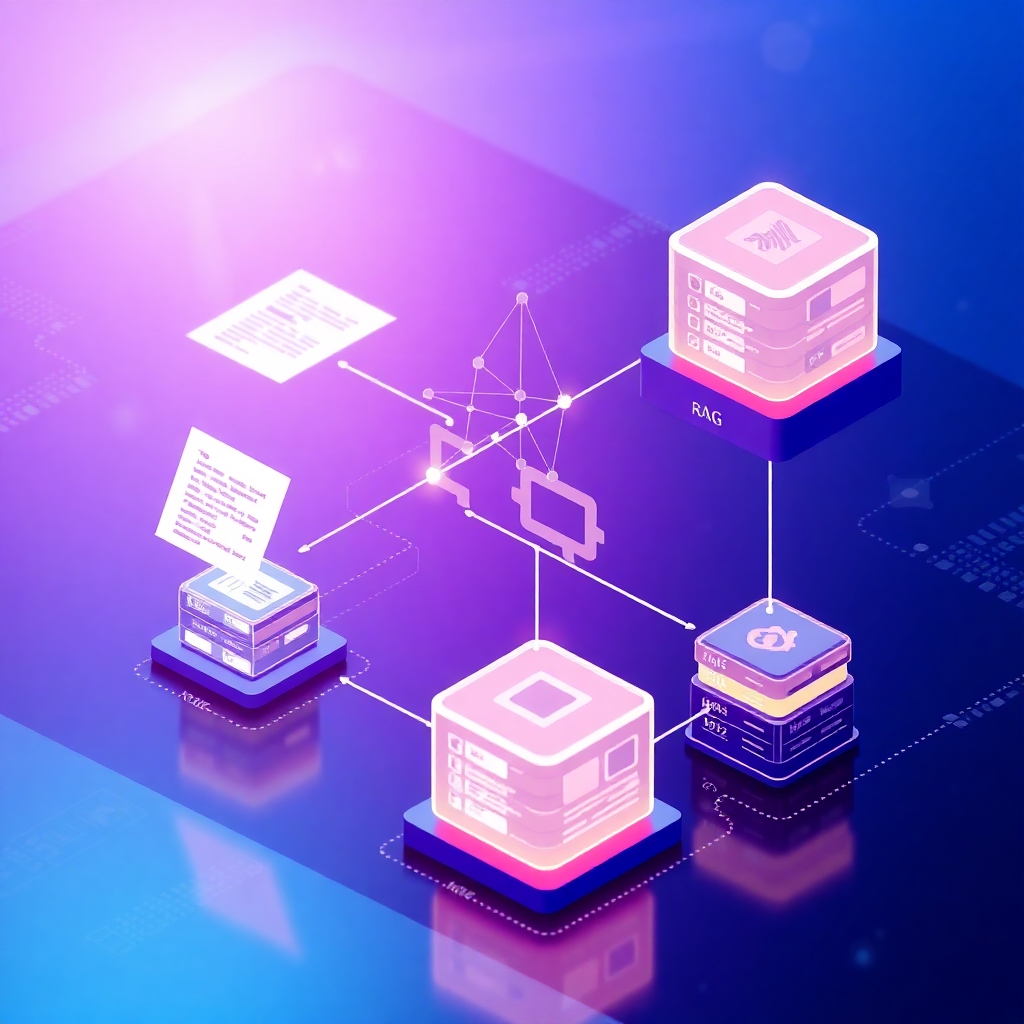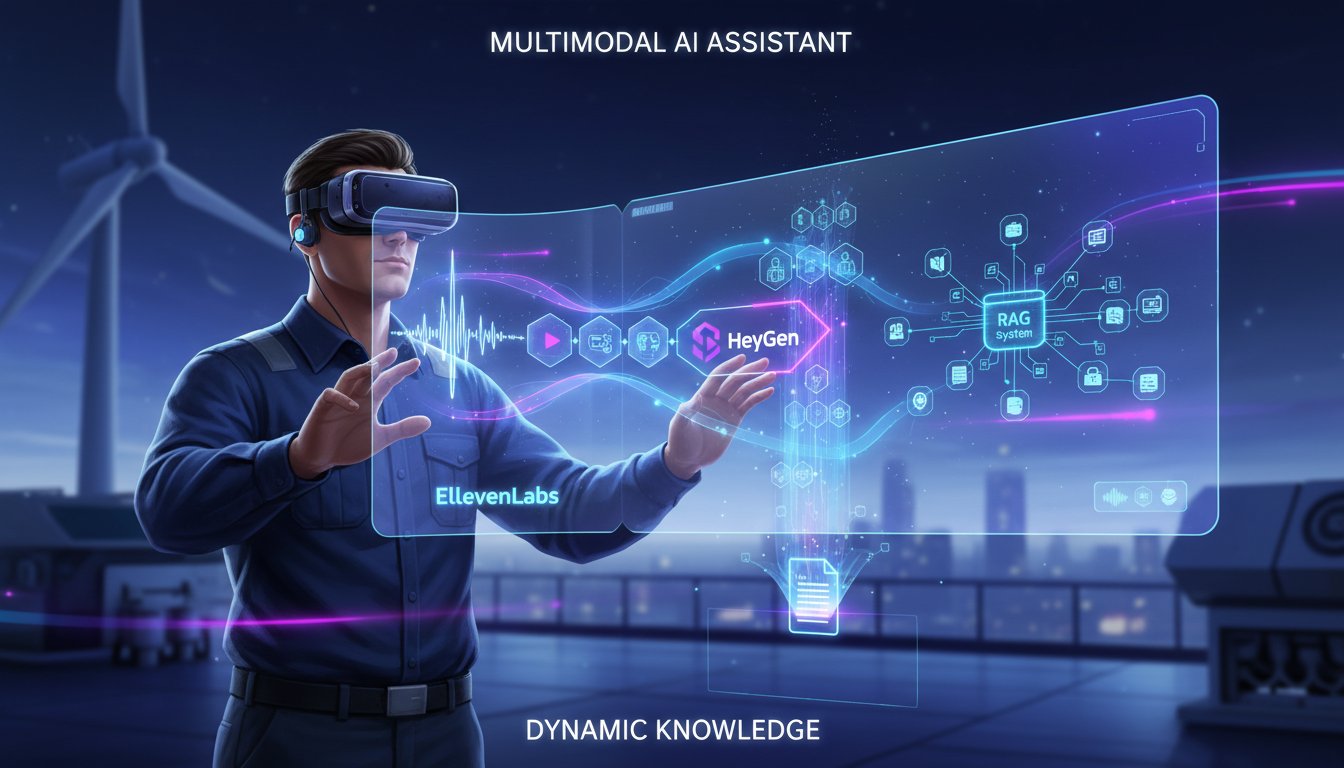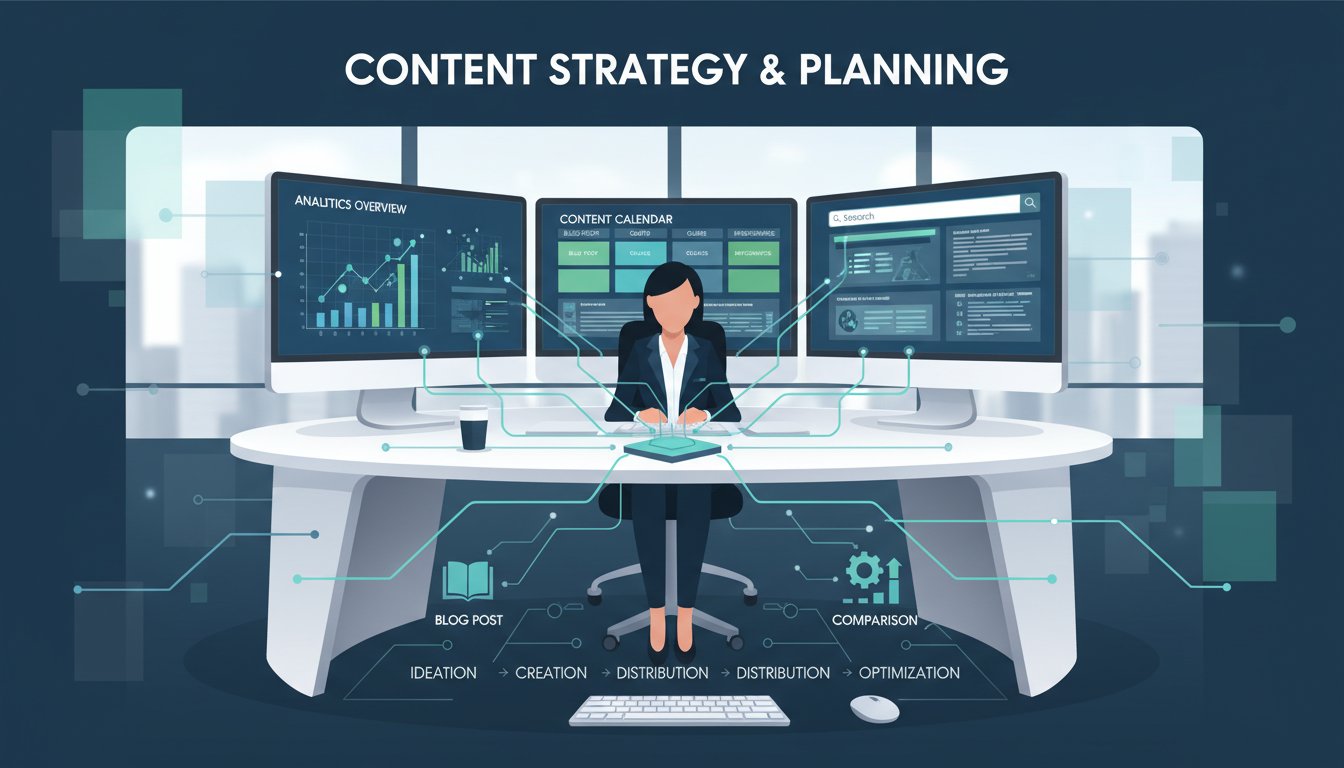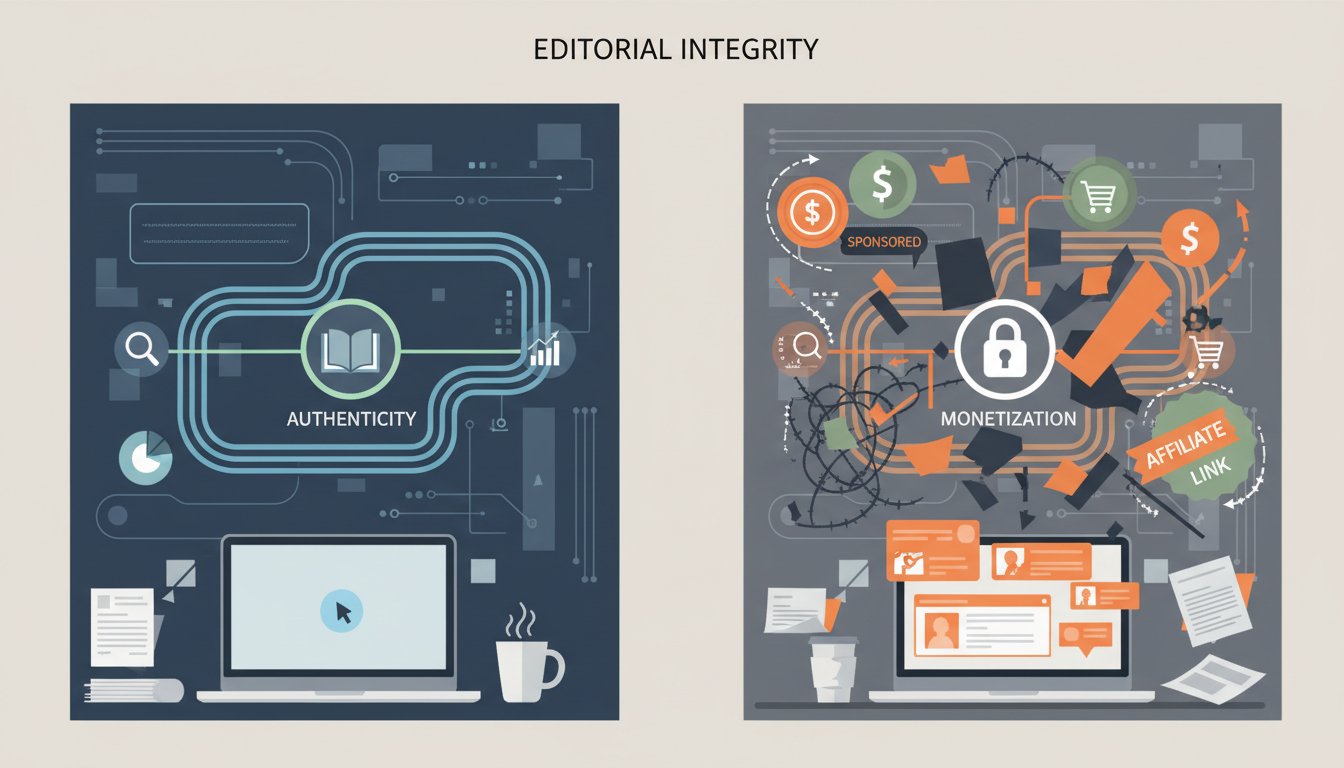Your organization has invested heavily in a Retrieval Augmented Generation (RAG) system. The promise was compelling: more accurate AI responses, grounded in your proprietary data, with reduced hallucinations. Yet three months in, your knowledge workers are frustrated. Responses are still missing context. Crucial information gets overlooked. And the system struggles with complex, multi-step reasoning tasks that require connecting disparate information sources.
Sound familiar? You’re not alone. As RAG implementations have proliferated across industries, we’re hitting the limitations of first-generation architectures that rely primarily on vector similarity search. But an exciting new wave of innovations is emerging to address these fundamental challenges.
“The first generation of RAG systems focused almost exclusively on optimizing vector retrieval,” explains Dr. Emily Chen, AI Research Director at TechInnovate. “But we’re discovering that effective knowledge retrieval is far more nuanced than simply finding semantically similar content. The next frontier involves rethinking our approach to knowledge representation, retrieval strategies, and the integration of reasoning capabilities.”
This post explores the cutting-edge innovations pushing RAG beyond traditional vector databases and setting new standards for enterprise AI knowledge systems. We’ll examine the fundamental limitations of conventional approaches and the emerging technologies addressing these challenges head-on.
The Growing Pains of Traditional RAG Systems
Traditional RAG architectures follow a relatively straightforward pattern: chunk documents, embed them into vectors, store them in a vector database, and retrieve based on similarity to the query. This approach transformed AI’s ability to work with enterprise knowledge but comes with inherent limitations:
1. The Scalability Challenge
As organizations expand their knowledge bases, traditional indexing methods struggle with high-dimensional data. A recent survey by AIResearch found that 68% of enterprises reported significant degradation in retrieval quality as their vector databases grew beyond 10 million documents.
“A pivotal challenge in scaling RAG systems lies in efficient indexing for high-dimensional data,” notes a recent analysis from Chitika. “Traditional indexing methods falter as datasets expand, leading to increased latency and diminished retrieval accuracy.”
This scalability issue doesn’t just affect performance—it impacts the fundamental viability of enterprise-wide implementations.
2. The Context Fragmentation Problem
Conventional chunking strategies often break documents into disconnected fragments, losing critical context in the process. When information needed to answer a query spans multiple chunks, traditional RAG systems frequently fail.
“The semantic gap in RAG systems represents one of the most persistent challenges,” explains Dr. Marcus Williams, Chief Data Scientist at Enterprise AI Solutions. “When knowledge is fragmented across multiple documents or requires understanding relationships between entities, simple vector similarity falls short.”
3. The Reasoning Deficit
Performing complex reasoning over retrieved information remains a significant hurdle. First-generation RAG systems excel at finding information but struggle to synthesize insights across multiple sources or perform multi-step reasoning.
“The gap between retrieval and reasoning capabilities is particularly evident in domains like healthcare, legal, and financial services,” notes the 2024 AI Business Adoption Report. “In these complex environments, 76% of organizations report that traditional RAG systems fail to deliver the contextual understanding and inference capabilities required.”
The Innovation Wave: Next-Generation RAG Technologies
The limitations of traditional approaches have sparked a wave of innovation, with several promising technologies emerging to address these challenges:
1. Graph-Enhanced RAG: Connecting the Knowledge Dots
One of the most significant advancements in 2024 has been the rise of graph-based knowledge representation for RAG systems. Unlike vector databases that treat documents as isolated entities, graph-based approaches explicitly model relationships between entities and concepts.
Microsoft’s GraphRAG represents a pioneering effort in this space. As noted in a comprehensive review by RAGFlow: “The introduction of GraphRAG by Microsoft highlighted the need for addressing the semantic gap in RAG, with its ability to create knowledge graphs for improved query responses.”
Graph-enhanced RAG systems offer several key advantages:
- Relationship awareness: They capture explicit connections between entities, making it possible to answer complex queries that require understanding relationships.
- Contextual richness: By maintaining the structural integrity of information, they preserve context that would otherwise be lost in vector-only approaches.
- Inference capabilities: They enable reasoning over structured knowledge, allowing for more sophisticated query processing.
“Graph structure design has become a critical consideration for advanced RAG systems,” explains a recent article from RagAboutIt. “The way we represent relationships between entities fundamentally shapes the system’s ability to retrieve relevant information and perform meaningful inference.”
Implementation of graph-enhanced RAG isn’t without challenges. Organizations must invest in knowledge graph construction and maintenance, which requires specialized expertise. However, the benefits in terms of improved accuracy and reasoning capabilities make this investment increasingly worthwhile for complex domains.
2. Agentic RAG: From Passive Retrieval to Active Information Seeking
Another groundbreaking evolution is the emergence of Agentic RAG, which transforms passive retrieval systems into active information-seeking agents.
“The concept of Agentic RAG emerged [in 2024], integrating RAG with agent frameworks to enable more complex reasoning and workflow management,” notes the RAGFlow year-in-review. This approach represents a fundamental shift in how RAG systems operate.
In traditional RAG, the retrieval process is typically static—a single query leads to a single retrieval operation. Agentic RAG systems, in contrast, can:
- Decompose complex queries into simpler sub-queries
- Iteratively refine searches based on intermediate results
- Follow chains of reasoning that span multiple retrieval steps
- Adapt retrieval strategies based on the nature of the information need
The market for Agentic RAG solutions is expanding rapidly. According to recent market analysis, “The Retrieval Augmented Generation (RAG) market is expected to grow from USD 1.3 billion in 2024 to USD 74.5 billion by 2034, with a compound annual growth rate (CAGR) of 49.9%.” Agentic approaches are expected to drive a significant portion of this growth.
“Agentic RAG represents the next frontier in autonomous systems,” states a recent RagAboutIt article. “By combining the knowledge grounding of RAG with the reasoning capabilities of agent frameworks, these systems can tackle increasingly complex information tasks.”
3. Hybrid Retrieval Mechanisms: Beyond Pure Vector Search
Rather than relying solely on vector similarity, next-generation RAG systems employ hybrid retrieval strategies that combine multiple search methodologies.
“The rise of multimodal document parsing tools and hybrid search techniques, such as BM25, enhanced RAG’s effectiveness in processing various document types,” notes the RAGFlow analysis.
Hybrid approaches typically combine:
- Semantic search using vector embeddings
- Keyword-based search using techniques like BM25
- Structural search that leverages document metadata and structure
- Temporal awareness that considers recency and relevance decay
By integrating these different search methodologies, hybrid retrieval systems achieve higher precision and recall across a broader range of query types.
“Innovations in ranking models, including tensor-based reranking, showed promise for enhancing retrieval accuracy and efficiency,” continues the RAGFlow report. These reranking approaches help prioritize the most relevant information from an initial broader retrieval set.
4. Multimodal RAG: Beyond Text-Only Knowledge
The limitation of text-only knowledge representation is being addressed through multimodal RAG systems that can process and reason across different data types.
“Future trends indicate a continued focus on multimodal RAG, leveraging advancements in Vision-Language Models (VLMs) and the development of unified document parsing systems,” predicts the RAGFlow analysis.
Multimodal capabilities expand RAG’s utility to domains where critical information is contained in:
- Images and diagrams (engineering, healthcare, scientific research)
- Video content (training materials, recorded meetings, product demonstrations)
- Audio recordings (customer calls, interviews, meetings)
- Structured data (databases, spreadsheets, code repositories)
“PaliGemma and similar multimodal models are reshaping how RAG systems interact with diverse content types,” notes a technical review from AI researchers. “The ability to reason across modalities enables more comprehensive knowledge retrieval and synthesis.”
Implementation Considerations: Adopting Next-Generation RAG
As organizations consider upgrading their RAG systems with these advanced capabilities, several implementation considerations emerge:
1. Knowledge Representation Strategy
The foundation of an effective next-generation RAG system is a well-designed knowledge representation strategy. Organizations should consider:
- What types of relationships between entities need to be explicitly modeled
- How to maintain the structural integrity of documents while enabling efficient retrieval
- Whether domain-specific knowledge schemes would enhance performance
“Knowledge graph augmentation has emerged as a key solution for enhancing retrieval precision,” notes the Chitika analysis. “By explicitly modeling relationships between entities, organizations can dramatically improve the contextual awareness of their RAG systems.”
2. Retrieval Strategy Design
Next-generation RAG systems benefit from thoughtfully designed retrieval strategies that consider:
- When to use different retrieval mechanisms (vector, keyword, structural)
- How to decompose complex queries into manageable sub-queries
- What reranking approaches best align with specific use cases
- How to incorporate user feedback to refine retrieval over time
“Dynamic query expansion and asynchronous retrieval pipelines are proving essential for advanced RAG implementations,” explains the Chitika report. “These techniques enable systems to adapt their retrieval approach based on query characteristics and available information.”
3. Integration Architecture
The architecture for integrating these advanced capabilities must consider:
- How to combine multiple retrieval mechanisms cohesively
- Where reasoning components should be inserted in the processing pipeline
- How to maintain performance at scale
- What feedback loops will enable continuous improvement
“The integration of human-in-the-loop systems enhances the relevance and accuracy of retrieved information,” suggests the Chitika analysis. This approach combines the strengths of automated systems with human judgment to create more robust solutions.
Looking Forward: The Future of Enterprise RAG
As RAG technologies continue to evolve, several trends are likely to shape the landscape in the coming years:
1. Personalized Retrieval
Next-generation RAG systems will increasingly personalize retrieval based on user context, history, and preferences. This customization will make AI interactions more relevant and efficient for knowledge workers.
“Market experts anticipate that RAG will enhance contextual understanding, improve factual accuracy, enable adaptability, foster personalization, and allow multimodal integration in AI applications,” notes the Upcore Tech analysis.
2. Domain-Specific Optimization
While general-purpose RAG architectures will continue to improve, we’ll see growing specialization for high-value domains like healthcare, legal, and financial services.
“The healthcare sector is leading in adoption, accounting for 36.61% of the market, utilizing RAG for content generation and knowledge management,” reports a recent market analysis. This trend toward domain specialization enables deeper integration with existing workflows and knowledge structures.
3. Continuous Learning Systems
Future RAG systems will continuously refine their knowledge representation and retrieval strategies based on usage patterns and feedback.
“The application of reinforcement learning for optimizing retrieval strategies, and the exploration of zero-shot and few-shot learning capabilities to improve adaptability in diverse tasks” are among the future directions identified in the Chitika report.
Conclusion: Preparing for the Next Wave
The limitations of traditional vector-based RAG systems have become increasingly apparent as organizations push these technologies into more complex use cases. The good news is that a new wave of innovations—from graph-enhanced knowledge representation to agentic retrieval strategies—is addressing these challenges head-on.
Organizations looking to stay at the forefront of AI capabilities should evaluate how these next-generation RAG technologies align with their knowledge management needs and use cases. The investment in more sophisticated approaches will pay dividends in terms of improved accuracy, enhanced reasoning capabilities, and better user experiences.
As we move forward, the distinction between retrieval and generation will continue to blur, with increasingly sophisticated systems that can seamlessly integrate knowledge retrieval, reasoning, and generation to deliver truly intelligent enterprise AI solutions.
The fundamental challenge remains the same: how to effectively harness organizational knowledge to power more capable AI systems. But the tools at our disposal are evolving rapidly, opening new possibilities for knowledge-intensive applications across industries.
The next wave of RAG is here. Is your organization ready to ride it?




